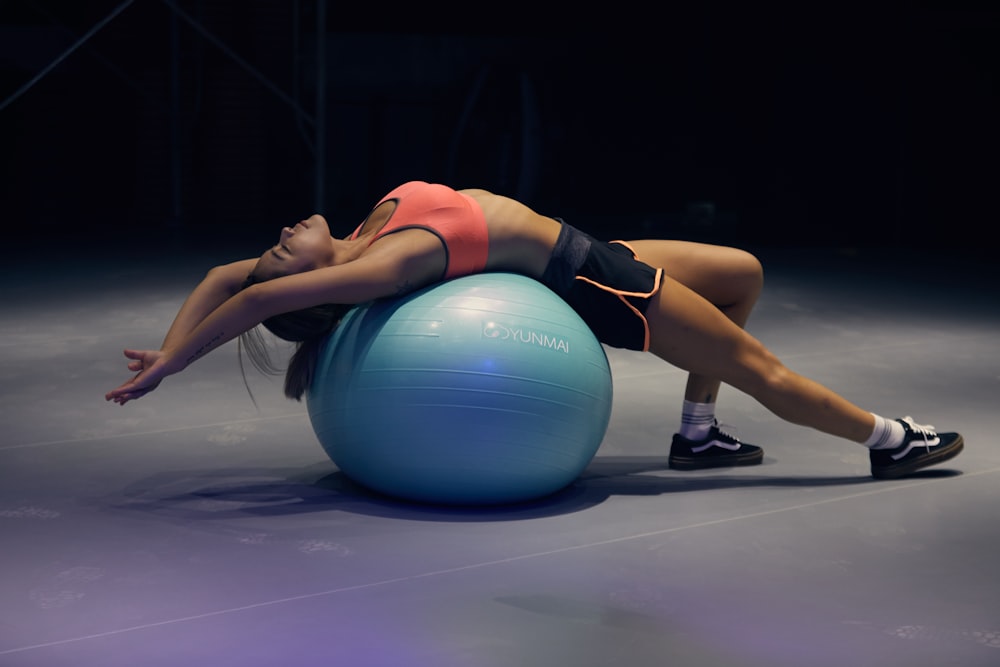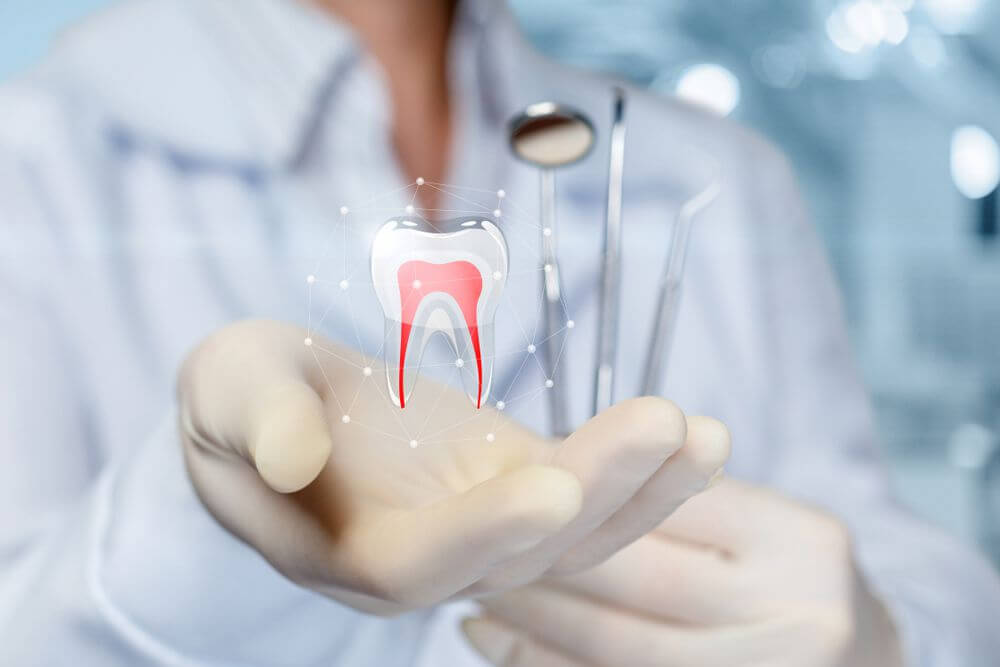Maximize Your Home Workout with the Best All-Over Body Exercises
So, you’re looking to break a sweat and get that heart pumping without stepping foot outside? You’re in luck! We’ve got the ultimate guide to the best all-over body workout you can do right in the comfort of your own home. No fancy equipment needed, just your determination and a bit of space. Let’s dive in and sculpt that dream physique!
Bodyweight Blast: Sweat it Out with Calisthenics
First up on our list of home workout essentials are good ol’ bodyweight exercises. Think push-ups, squats, lunges, and burpees. These classics are the foundation of any effective workout routine. Not only do they engage multiple muscle groups at once, but they also help improve your balance, flexibility, and endurance. Try circuit training with 3 sets of 15 reps for each exercise to really feel the burn.
Cardio Craze: Torch Calories with High-Intensity Interval Training (HIIT)
Now, let’s kick things up a notch with some heart-pounding HIIT workouts. This type of training is perfect for burning fat, boosting metabolism, and improving cardiovascular health—all in a short amount of time. Mix in exercises like jumping jacks, mountain climbers, and high knees with short bursts of intense effort followed by brief rest periods. Aim for a 20-minute session to get that full-body burn.
Core Crusher: Strengthen Your Midsection with Ab Workouts
Ah, the core—the powerhouse of your body. A strong core not only gives you killer abs but also improves your overall stability and posture. Incorporate exercises like planks, Russian twists, bicycle crunches, and leg raises into your routine. Focus on engaging your core muscles throughout each movement, and feel those abs start to sculpt themselves.
Leg Day Delight: Tone and Define with Lower Body Exercises
Let’s not forget about those legs! Your lower body is home to some of the largest muscle groups in your body, so it’s essential to give them some love. Squats, lunges, calf raises, and glute bridges are your go-to moves here. Add some resistance by holding onto a couple of water bottles or using a backpack filled with books for added intensity.
Upper Body Strength: Build Muscle with Arm and Back Workouts
Last but certainly not least, let’s focus on building strength in your upper body. Whether you want defined arms or a sculpted back, these exercises have got you covered. Grab a pair of water bottles or use resistance bands for added challenge. Include exercises like push-ups, tricep dips, bicep curls, and bent-over rows to target those arm and back muscles.
Mix It Up: Keep Your Routine Fresh and Exciting
One of the keys to a successful home workout routine is variety. Don’t be afraid to mix things up and try new exercises to keep your body guessing. You can also incorporate yoga, dance workouts, or even bodyweight circuits inspired by your favorite athletes. The more you switch it up, the more you’ll challenge your body and see results.
Stay Consistent: Make Your Home Workout a Habit
Consistency is key when it comes to seeing progress in your fitness journey. Set aside dedicated time each day for your home workout, whether it’s first thing in the morning or after a long day of work. Remember, it’s not about perfection—it’s about progress. Listen to your body, rest when needed, and celebrate every small victory along the way.
Fuel Your Body: Eat Right for Optimal Results
Lastly, don’t forget the importance of nutrition in supporting your home workout efforts. Fuel your body with plenty of lean proteins, whole grains, fruits, and vegetables to replenish energy stores and aid in muscle recovery. Stay hydrated, limit processed foods, and listen to what your body needs to thrive.
In Conclusion
So, there you have it—the ultimate guide to the best all-over body workout you can do at home. With a mix of bodyweight exercises, HIIT workouts, core crushers, and targeted strength training, you’ll be well on your way to achieving your fitness goals. Remember to stay consistent, keep it varied, and most importantly, have fun with it! Here’s to a stronger, fitter, and healthier you! Read more about best all over body workout at home







